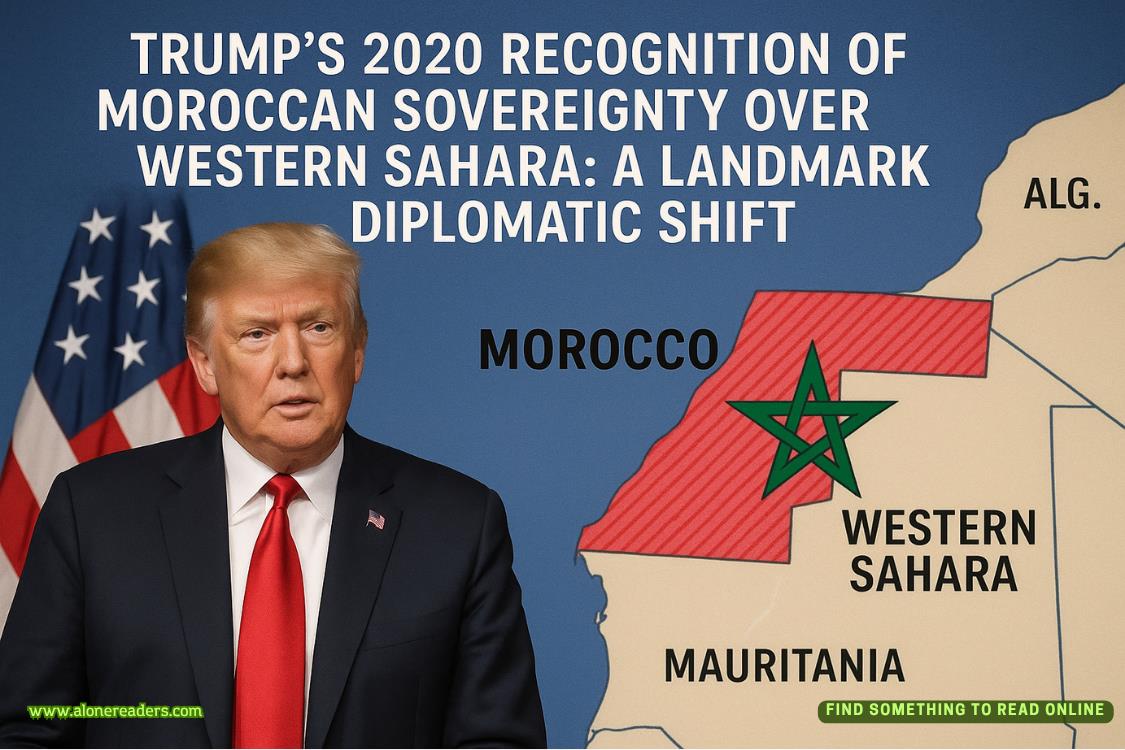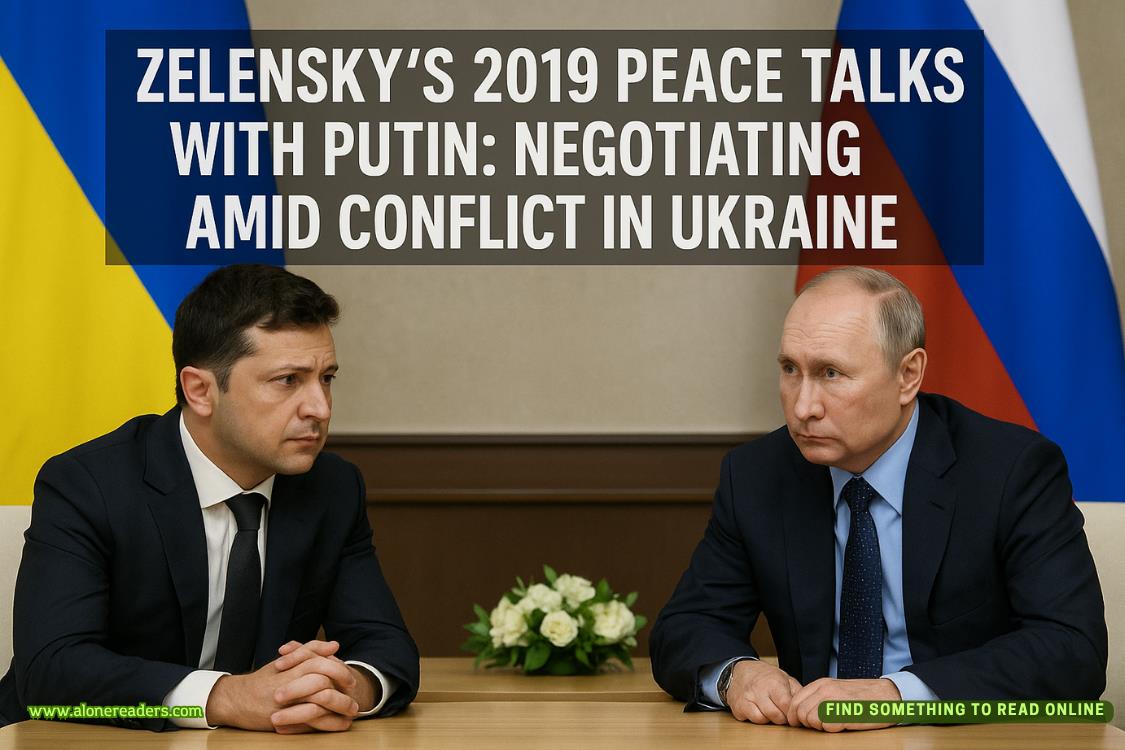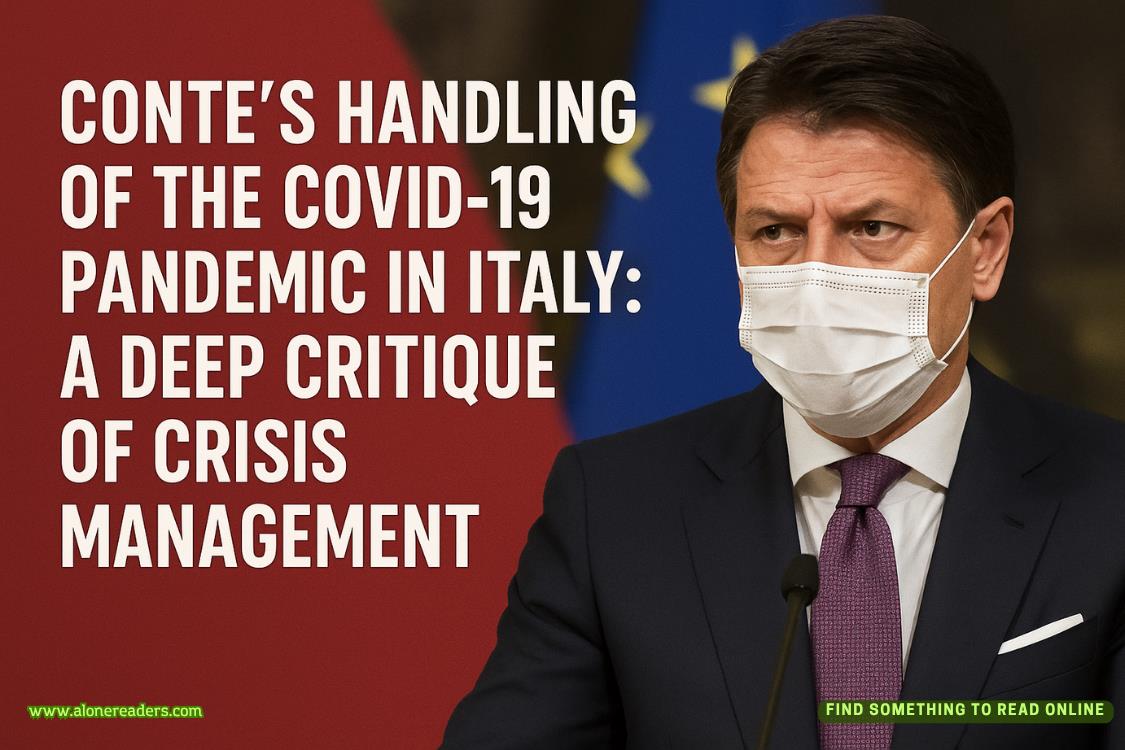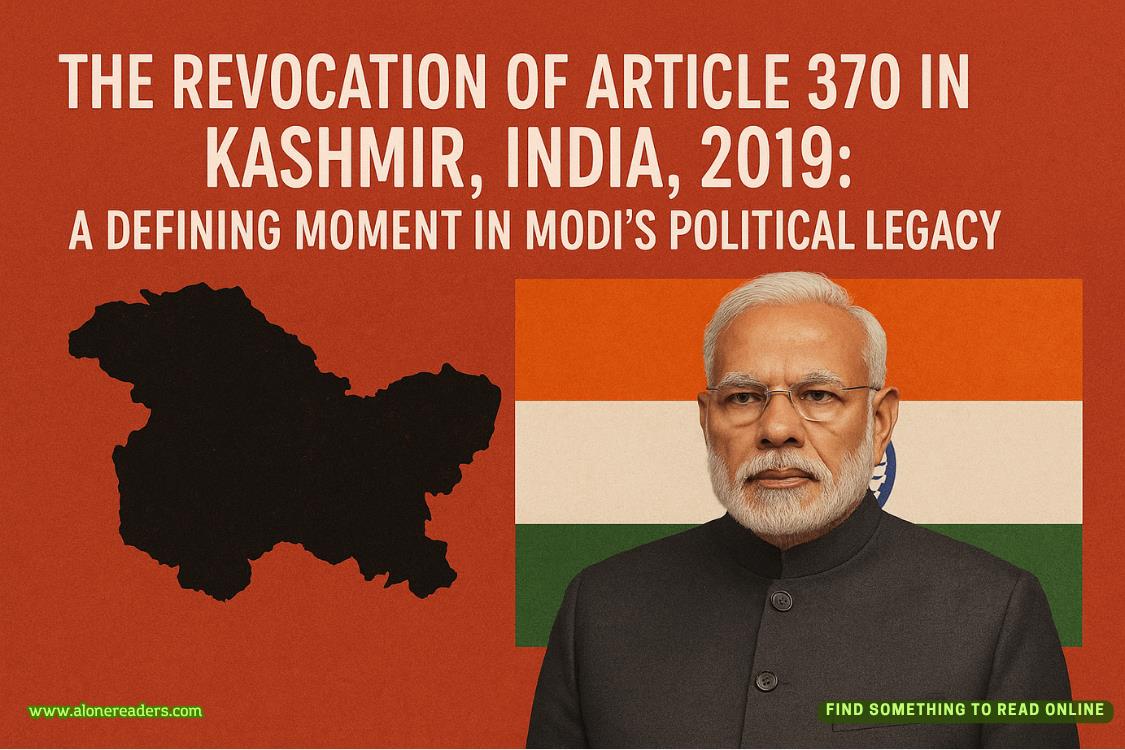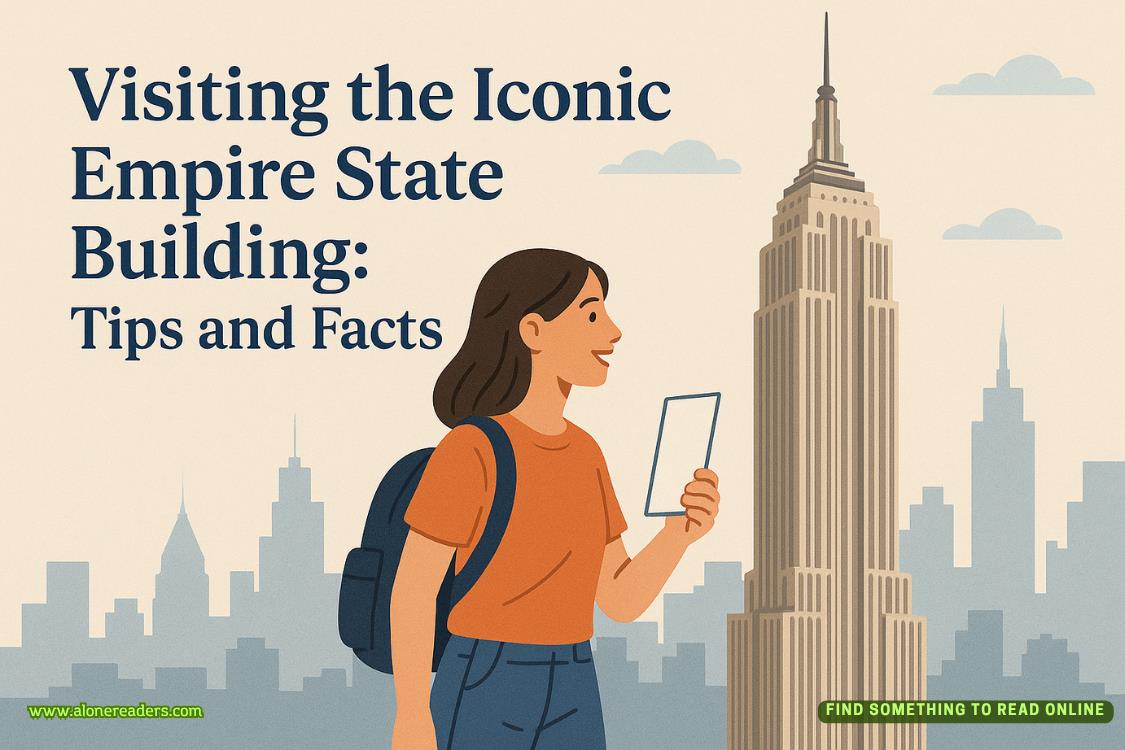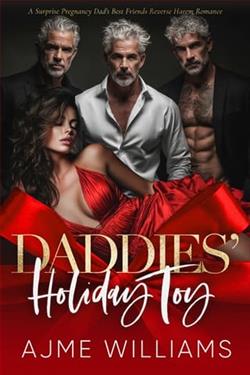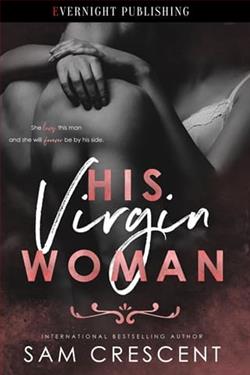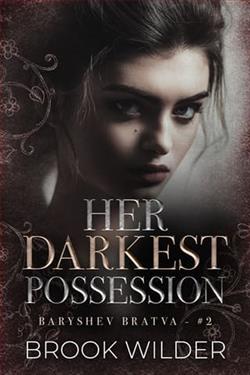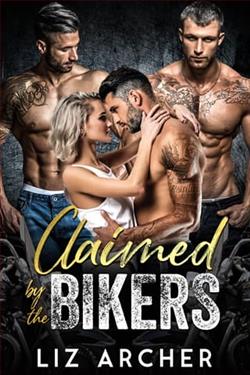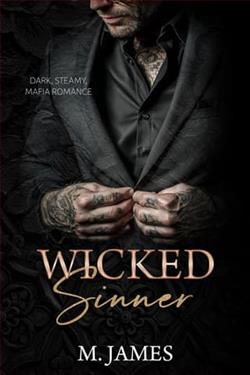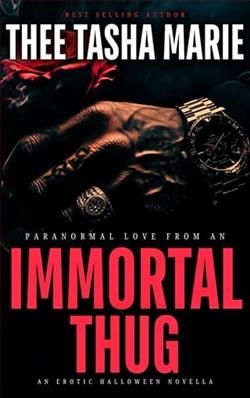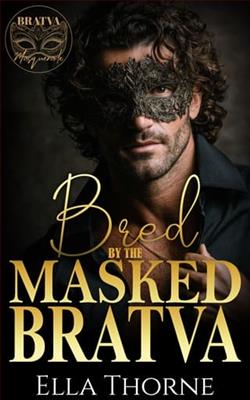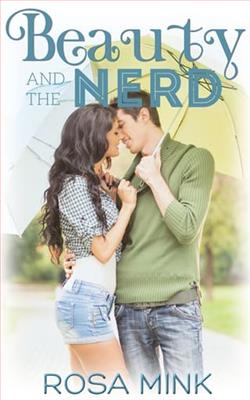Page 11 of Is This for Real?
How would we have started dating? Rory seems so familiar, and yet not. But I can’t think of how we would start dating. I shiver. I can’t imagine telling him I like him the way I told Jamie. Especially when that went so poorly. Rory seems more unattainable. Jamie was my boy next door. But Rory isnotthe boy next door. He looks like the one your parents warn you against because he’s going to break your heart. Then when you get to know him, you realize heisgoing to break your heart—not because he’s a bad guy, but because he’s just such a good guy and yet not romantically interested.
“It has to be something close to that so that we have some consistency in the story.”
“How does the couple inFake Dating Follystart fake dating?” he asks.
“They’re casual friends, and they both need dates for weddings where their exes are getting married, although not to each other. It’s not the most original, but I think I’m giving it a fresh twist. And I wanted to deal with the whole ex thing.”
“Because of Jamie?”
“Everything doesn’t come back to Jamie. But yes. Those emotions. But also, just rejection in general. I mean, one of my favorite novels isThe Sun Also Rises, and especially the ending when she says if only they had been able to be together, and he suggests that the reality may not have lived up to the dream."
“Definitely in my top-ten list of books to take to a desert island. She wouldn’t be faithful to Jake even if they could have sex.”
“No, she wouldn't be," I say. "She’s the type of person who is always looking for that drama and a new conquest.”
“Is that a type of person?” Rory asks. We stop in front of Miro’s bronze sculpture of a crate with an egg on top entitledFemme. An egg seems vulnerable to me, easily cracked and broken.
“Yes, totally.” Rory’s former girlfriend, Callie, is that type of person, but I restrain myself from saying that. Rory was torn after she broke up with him. For months, he’d reminisce with stories about how good Callie had been to him, as if kicking himself that he hadn’t fought harder for their relationship. “But maybe the fact that Brett and Jake can’t have sex and the illusion that they love each other allows them to keep their friendship, which wouldn’t have lasted if they could have had sex. So, his infertility saves that.”
“Is their friendship worth it?” Rory asks quietly.
“I think so.”
We glance at each other. I look away at another Miro.
“Rory!” a woman’s voice calls from across the room. We turn around.
“Callie,” Rory says.
I can’t believe I conjured up Callie. She’s looking as fashionable as always, wearing brown, leather, high-heeled boots and a leather mini skirt with a black sweater. I wish I was wearing my hat.
“No surprise to find you here,” Callie says.
Really?Even Callie knows he spends hours at The Met?
She gives him a hug and stays holding him. “It’s so good to see you.” She leans back to look into his eyes.
Hello? As long as Callie doesn’t start using my head as a coaster table, I am good. I’d like to pretend to be Rory’s girlfriend, but he hasn’t given any indication that he wants me to. We need some kind of code.
“I was just about to head to your favorite place. The Shoin Room.” The Shoin Room is a Japanese room that is bare, except for grass mats on the floor with gold-leafed sliding doors decorated with a twisty-tree. It inspires contemplation and reverence. Meditation seems appropriate. That’s the opposite of Rory—not that Rory isn’t thoughtful, but he’s definitely more social than me. Sometimes I feel he collects people, like his parents collect art, like he found me in college. This Metropolitan-Museum-Shoin-Room Rory is the opposite of my Rory.
Rory steps out of her arms. “You remember Penelope.”
Callie doesn’t. She doesn’t say it out loud, but she wrinkles her forehead when she looks at me. “Of course.”
“We’re about to head to my favorite place, the roof garden,” I say. The Cantor Roof Garden is in the opposite direction from the Shoin Room. I don’t want to hang out with Callie.
“I’ll come with you,” Callie says.
We stroll out of this exhibit, past the lobster telephone, while the Ted Joans jazz music plays, and Callie keeps talking a mile a minute but in whispered tones. I can barely hear her on the other side of Rory. Rory suddenly moves so that I am in between them.
We take the elevator up to the fifth floor and walk out onto the terrace. It’s a beautiful, crisp day in New York. The sky is all blue, with no clouds, and Central Park is spread before us. Some of the trees are starting to turn red, and auburn spots, like little fires, dot the lawn of green treetops. I like fall with its comfy sweaters, crisp breezes, chai tea, and lots of excuses to stay inside and write. I like all the seasons, but spring and fall are my favorites in New York. We order drinks from the bar and stand off to the side, a sculpture by Alicja Kwade in front of us.
Ten-foot, rectangular, metal frames intersect each other, with swirly-colored stone spheres, looking like planets, interspersed throughout the structure. Some hover on top of a frame, some hang suspended between two frames, and some rest on the floor.
Should I disappear as I usually do, leaving Rory to flirt? Ugh. Not Callie.I’ll never see him again. When they dated, she moved into his apartment, and I barely saw him for brunch.
Callie has picked up the card describing the artwork and is using words like “post-modern,” “spiritual,” and “apocalyptic.” She says, “I think it is almost post-conceptual, evoking the fragility and randomness of life vs our suppressed emotional memories represented by the stones.”
